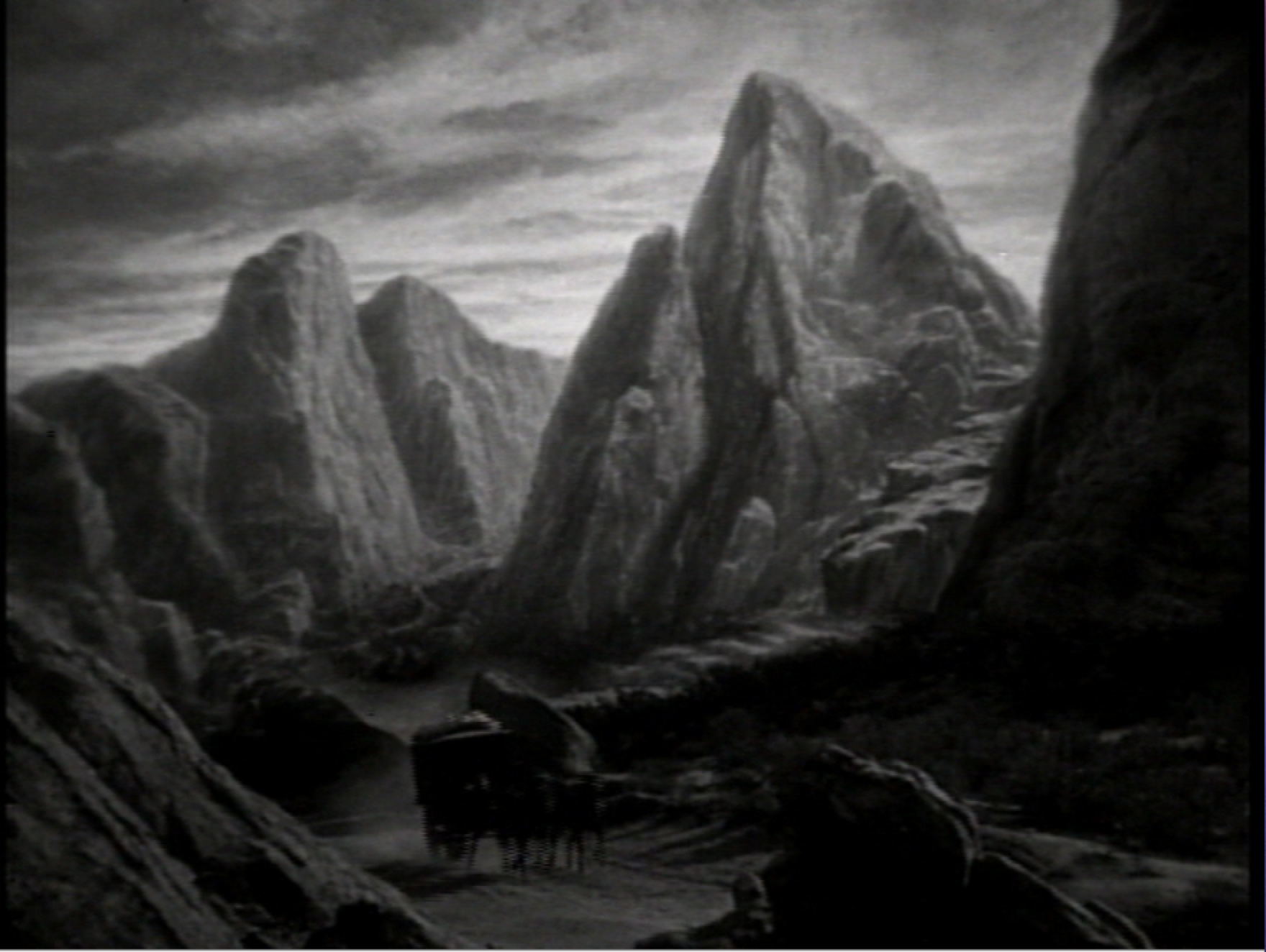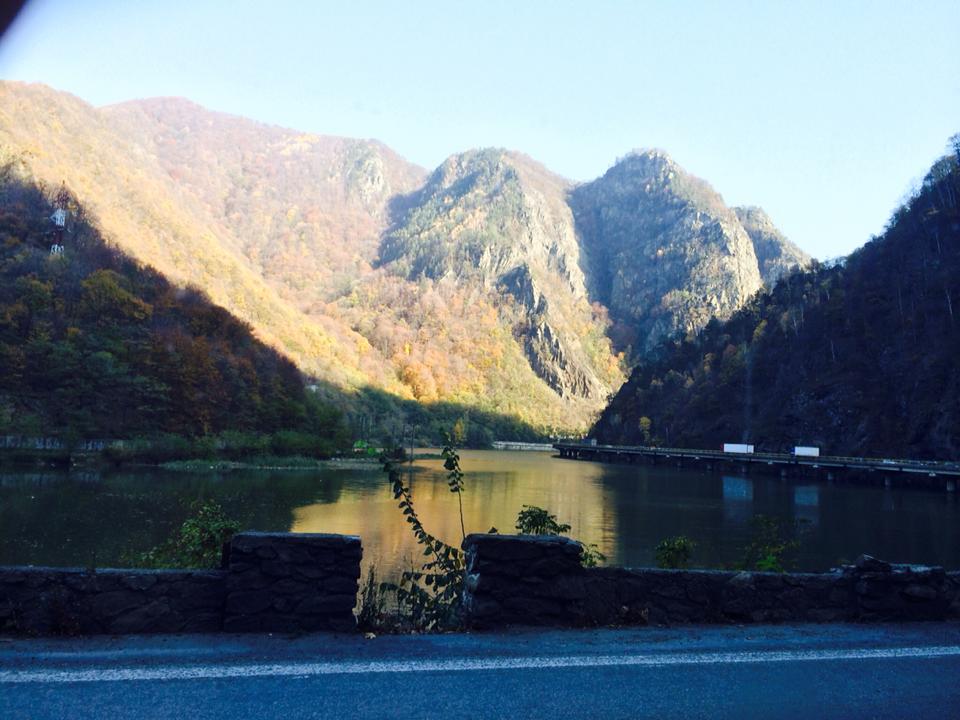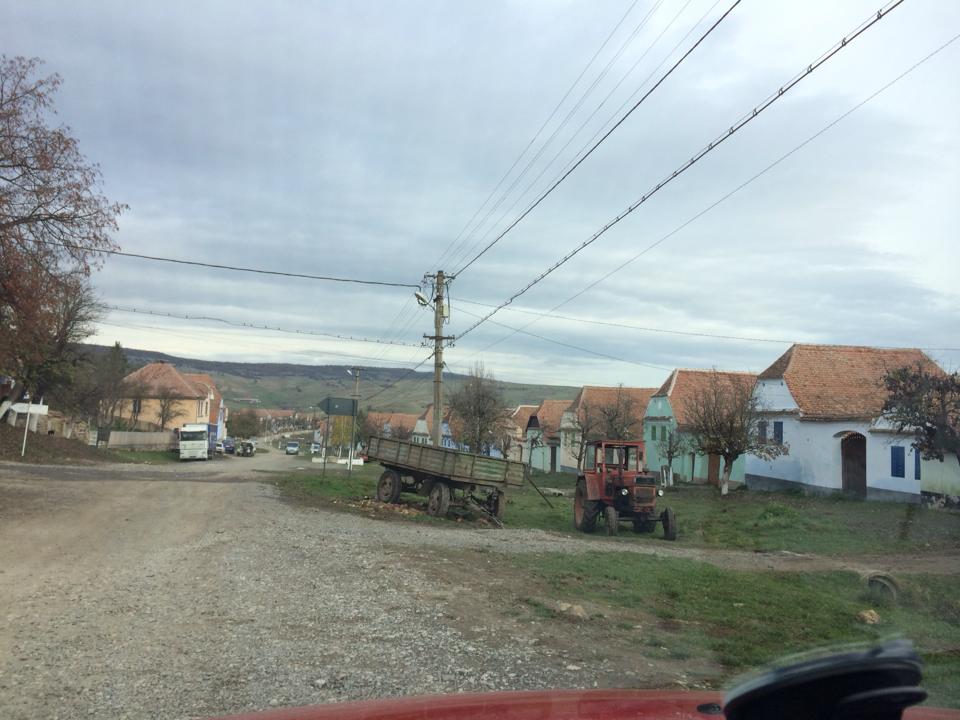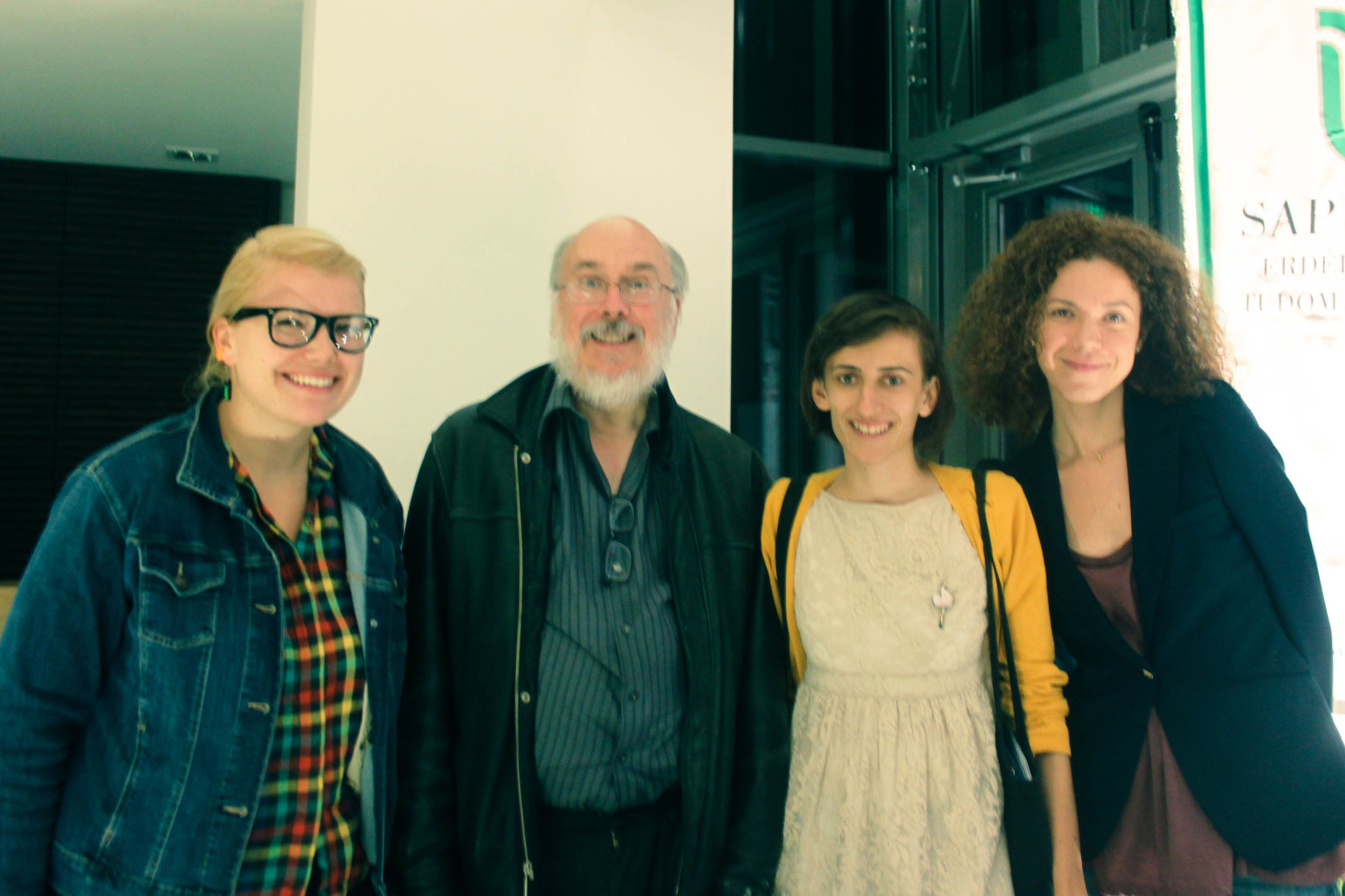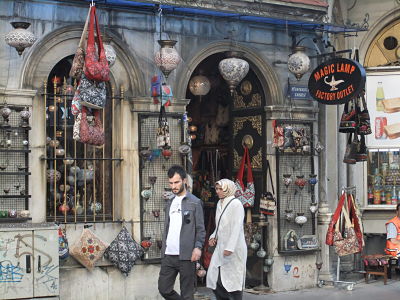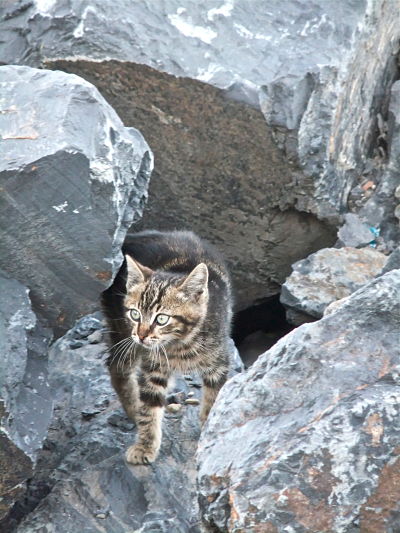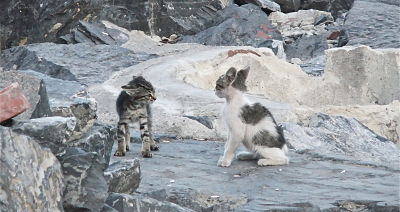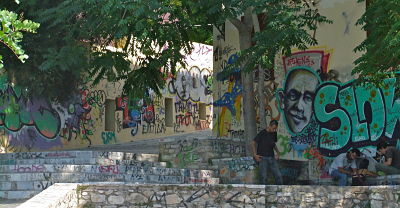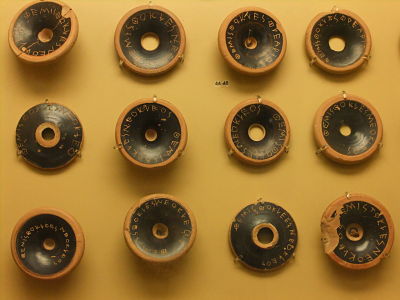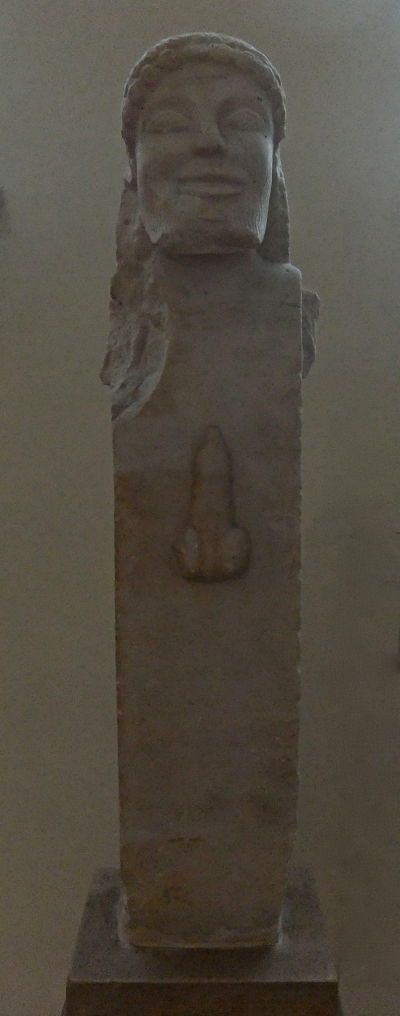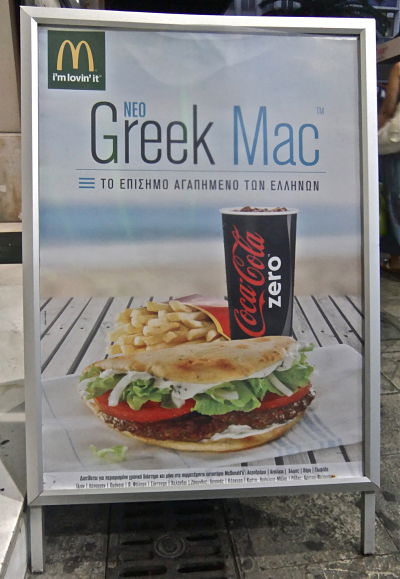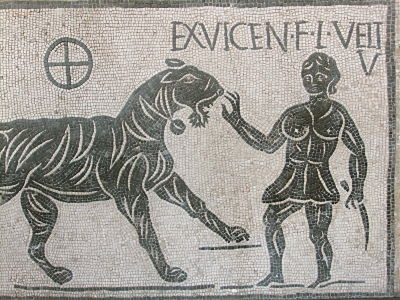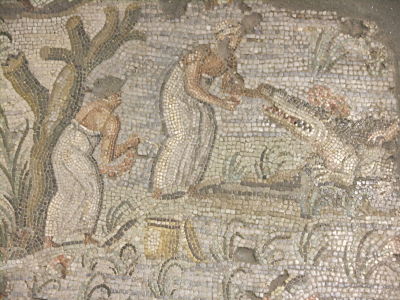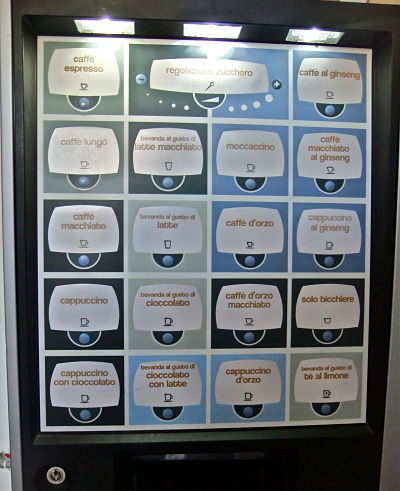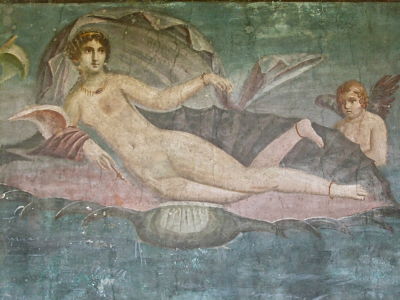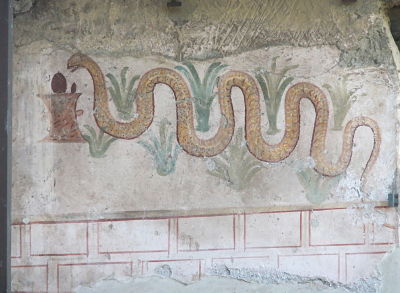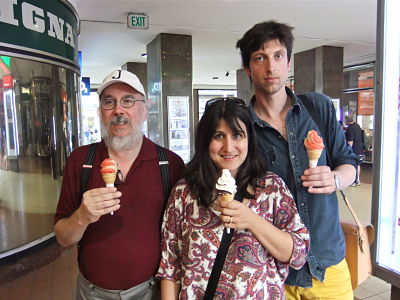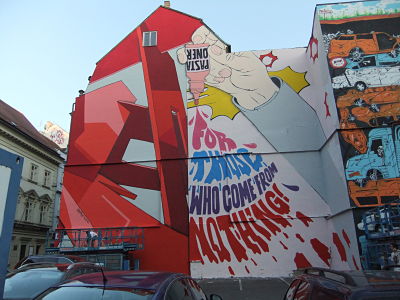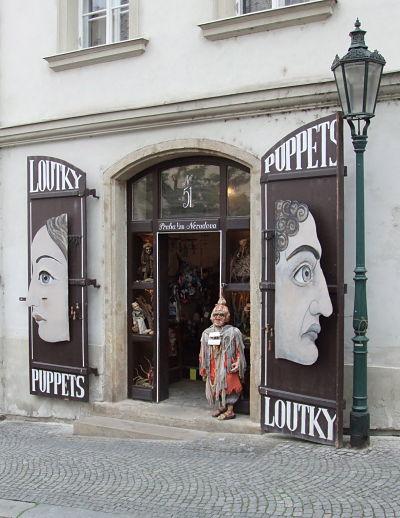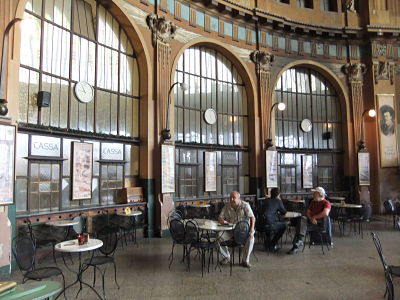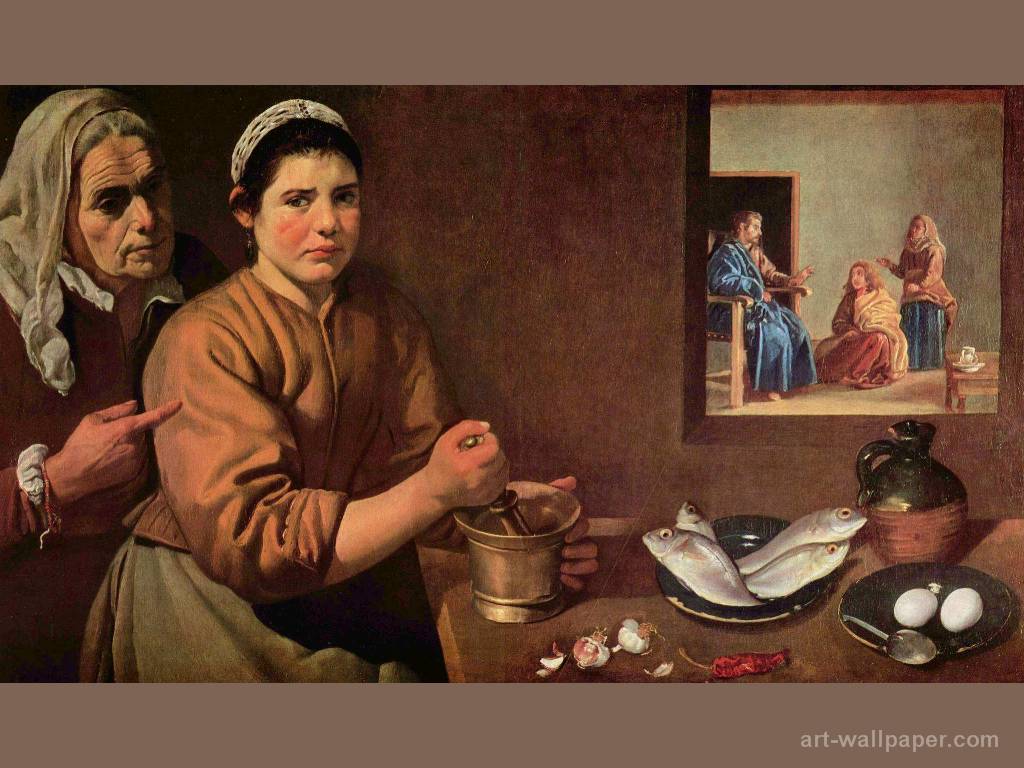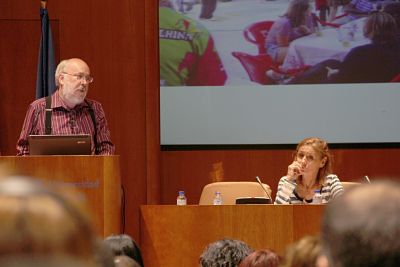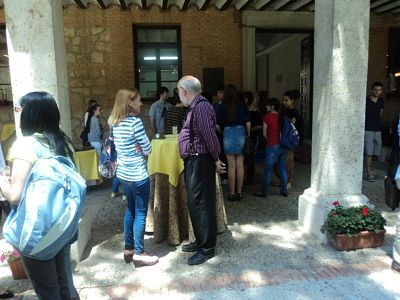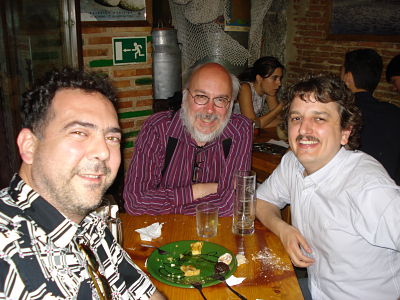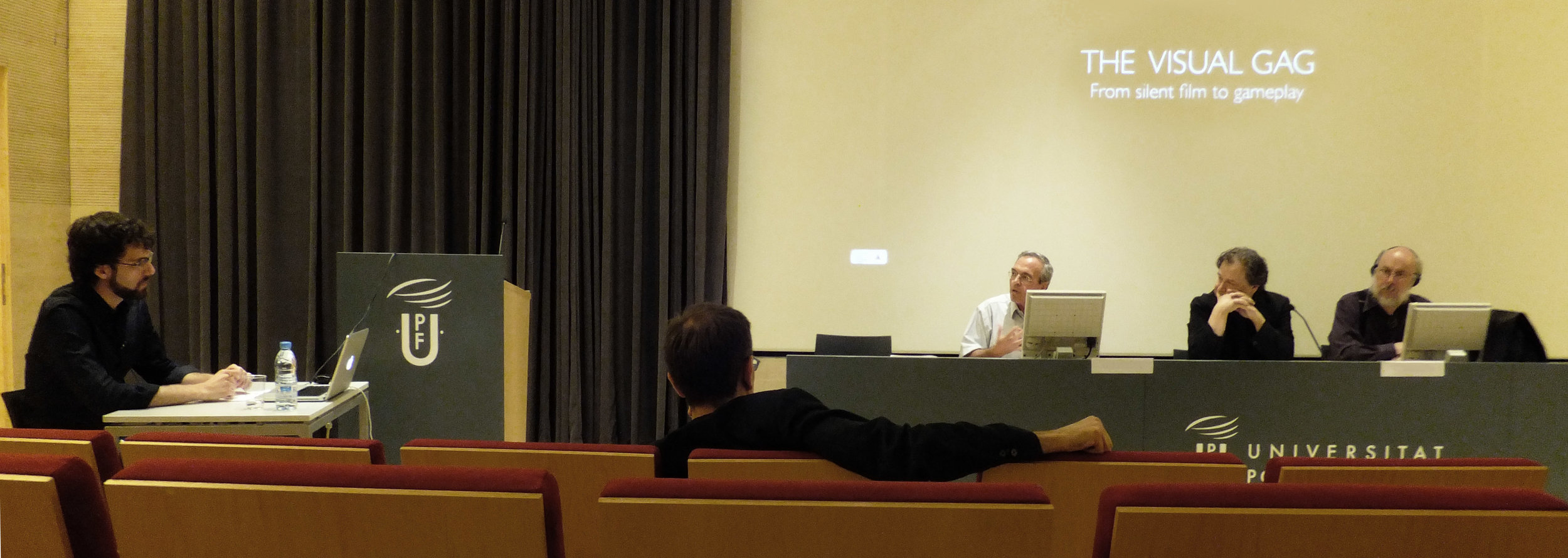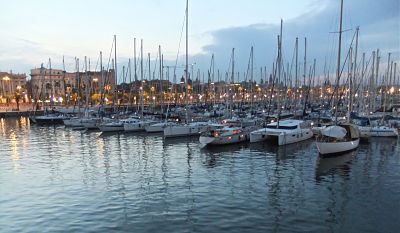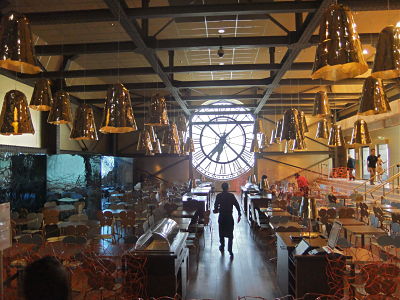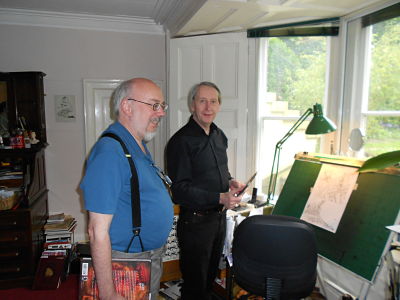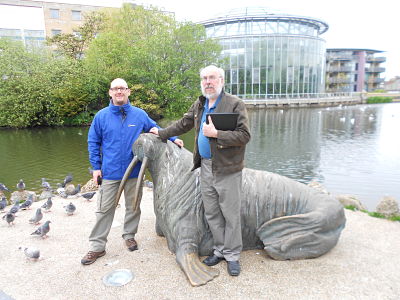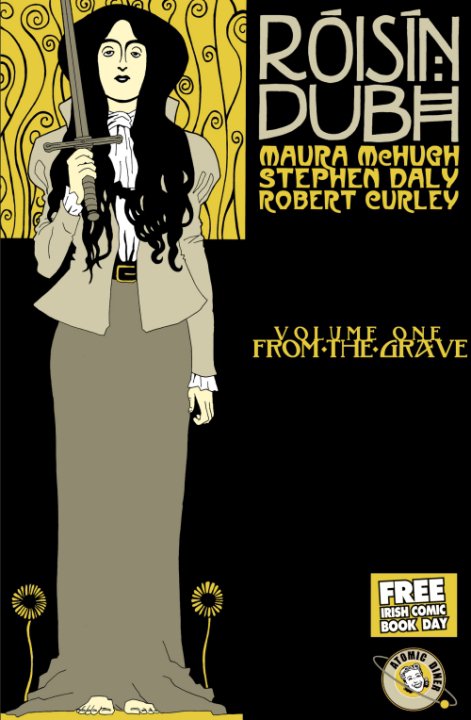"Media Mix Is Anime's Life Support System": A Conversation with Ian Condry and Marc Steinberg (Part Two)
/Research on the Japanese “media mix” and the western “transmedia” phenomenon both must grapple with the blurring boundaries between storytelling/imagination/creativity/play and branding/marketing/promotion. Are these two forces separable at this point within the system you describe? Does the presence of branding necessarily negate the meaningfulness of the characters and stories for those people who are playing with their likenesses?
Marc: My book focuses more on the marketing side of things, and Ian’s on the collaborative side of things (fan collaboration and production-side collaboration). Simply put the system and the soul. I’d hazard to guess that we both agree that in practice one can’t be separated from the other. They can be described separately but they work together.Our books are very complementary in that sense. The marketer in me wants to say: send us proofs of purchase for both and we’ll send you some stickers!
But joking aside, I think if you look at developments in the media mix over the last couple decades, the storytelling-creativity and branding-marketing are getting closer and closer.
One of the reasons for this is the rise of amateur production and the fluidity of boundaries between amateurs and pros. The Comike (Comic Market) where amateurs meet to sell their creations is one of the places where these boundaries break down. Publishers learn from fans, and successful dojinshi creators become professional comic artists.
In more recent years many of the top amateur game makers have gone pro. But what pro means is itself hard to pin down. My pessimistic side sees this as the increasing appropriation of fan labor and fan production by large corporations. But I also tend to see the circulation of character images as having a media life of its own. Corporations may see this as moving for their own profit. Fans see this circulation as moving to their benefit. But neither can exist without the other, and creativity exists on both sides of this equation, producers and consumers.
I think this is something Ian shows really nicely in his ethnographies of production sites, and it’s something I feel all the more concretely the more I learn about particular moments of media mix production.
Ian: You ask, “Does the presence of branding necessarily negate meaningfulness . . . ?” Certainly not. I recall an acquaintance that wore a T-shirt with an illustration of the playful “Pipo” character, who represents the National Police Agency, and it was version of this: (The orange character is Pipo, who represents the National Police Agency in Japan).
As graffiti artists have shown for a long time, those without the resources to pay for them can use the power of billboards. On the question of whether the forces of play and imagination are separable from branding and marketing, I like to think so, but deep down, I’m not sure.
Or, to put it another way, maybe that distinction is not the one that matters. Maybe a different question is the purposes that marketing and advertising are put towards. Both Greenpeace and Wal-Mart rely on branding and marketing, but evaluating their role depends on thinking beyond the category of marketing to include an analysis of the larger roles organizing play in our society. As an FCC chairman once said, “All TV is educational; the question is what does it teach.” So, too, with advertising.
Even fan activity can be marketing, but what are the implications for what is being exchanged? That’s something I learned from Textual Poachers and it’s still vitally relevant today.
Both “media mix” and “transmedia” imply a certain kind of immateriality -- characters that can draw interest across a range of media -- and materiality -- a focus on the affordances or material properties of the different medium involved. When and how do the specific properties of the media involved in “media mix” matter?
Marc: Materiality is a good way to keep an eye on the specificity of its medial incarnation. Even in the age of digitization, where there is to some degree a convergence around hardware or platforms, there is still the materiality of the interface, and the specificity of the particular media object you’re reading or watching or playing. Immateriality is a way of understanding the character as something that exceeds any one of these material incarnations or interfaces. Whenever we engage with a media mix property we’re engaging with both at the same time.
Personally, I came to these questions of materiality and immateriality when I wanted to understand why children of the 1960s went so crazy over Astro Boy stickers. And why they also wanted Astro toys, and all else, from comics to shoes to records with the theme song.
Ian: When I think of immateriality, I would draw attention to the social energy that flows through characters and worlds. Characters and worlds are certainly one aspect of immateriality. They can move among media forms, from comic book pages, to TV screens, to portable gaming systems. But I see these characters as a link between people.
For me, the immateriality is a kind of social energy that flows through the characters and helps bind us together as creators and fans. When I meet someone who cares about an anime series that I like as well, I experience a kind of electrical charge. I get energized in the sense of having an urge to learn more, to connect, to share.
The materiality of media has a mirror image in the sociality of media. If not, how could media be meaningful? To what degree are the practices described as “media mix” a byproduct of media conglomeration? Is it possible for smaller companies and independents to compete effectively within a media mix economy?
Marc: That’s a key question, and something that’s interesting me more and more. The media mix came out of a franchising or licensing model at a time when there wasn’t much conglomeration, at least not between the companies doing the media mix. Publishers were publishers, animation companies were animation companies, albeit with licensing divisions that dealt with the commercial side of the media mix. There seemed to be little in the way of horizontal conglomeration in the media sphere (though the exception might be in the television industry, with a kind of TV-radio-newspaper companies like Asahi).
But as far as I can tell, it’s really in the 1970s when Kadokawa Books starts a film division that media conglomeration develops around media mix practice. This was based on a blockbuster model of high investment, high return – and the returns weren’t always so high.
So in the 1990s and especially the 2000s, Kadokawa and other companies shift to a “production committee” model of financing that sees the outlay spread over a number of media or non-media companies. Book publishers promise funds, novelizations, or promotions in bookstores; TV stations promise funds, but also spots on air; ad agencies promise TV spots, and so on.
The total cut a given company takes is based on their initial investment. That’s why you often see the words “ ‘XYZ’ Production Committee” at the end of a production – for instance “‘Attack on Titan’ Production Committee” at the end of the credits for the current show Attack on Titan. Most Japanese anime, TV drama and films have this credit line and use this kind of financing. I think of it as a kind of distributed or temporary conglomeration. (There are two excellent reports on this trend available at: http://www.mangamoviesproject.com/publications.html)
That said, the companies that tend to make up the production committees are often the large publishing houses, TV stations and ad agencies. The best chance for independents to develop their own media mix is for their content to catch on in one of the many informal channels – like NicoNico Douga (the YouTube of Japan), or the Comic Market – or to start as a serialization in one of the many comic or novel magazines.
Lucky Star, for instance, started off as a 4-frame “gag” comic in Comptiq, a game magazine. It was basically just filler. But it really caught on, and became one of the media mix hits of the 2000s, and helped kick off a whole craze around 4-frame comics. There are also some daring animation production houses like Kyoto Animation or Shaft that are willing to take chances on untested material.
Many of the media mixes with the greatest impact actually start out as a manga print serialization, and magazines have been called the R&D labs for the media mix. So compared to a Hollywood production or even an HBO TV series, the bar for entry even to official media channels is a lot lower in Japan.
Henry: Anime has become a global phenomenon with consumers world-wide. To what degree are decisions surrounding animation production driven by local market conditions and to what degree are producers seeking to develop a product which will have transnational appeal?
Ian: In my experience, few of the companies in Japan were specifically aiming for a transnational market. The story I often heard was that Pokemon was designed for Japan with no consideration for overseas’ audiences, and yet it was a huge success, so Japanese creators would do best to aim simply for a Japanese market.
At the same time, the prices for anime DVDs in Japan are much higher than the US, often upwards of $60 for 50 minutes (two episodes) worth of animation, so there was also less incentive to make animation for American audiences.
I have to admit, I was a little disappointed. I went to script meetings in part to hear about how the creators thought about audiences both in Japan and the US. I remember writing grant proposals with this as a research question. But in script meetings, no one ever talked about fans.
In my experience, the creators viewed themselves as the fan-experts who mattered. When Mamoru Hosoda, an anime director said he also rarely thinks about the audience, I admitted that I was a little hurt by that. I always imagined media creators imagining me when they worked. He laughed and said I was getting it all wrong: “I don’t think about your reaction because I’m hoping you’ll have reactions that I can’t even imagine.” That, for him, is what makes anime an intriguing art form.
On the other hand, some studios, like Gonzo, were thinking at least somewhat about reaching out overseas, and this was one of the reasons that they set their series Red Garden in New York City. By and large, though, anime studios felt they had to aim for their main, domestic audience first.
I think some of the current backlash among US fans against “fan service” (i.e., racy or sexist, depending on your perspective) anime is partly an outcome of Japan’s studios aiming for a particular, domestic fan.
Ian Condry is professor of media and cultural studies in Comparative Media Studies at MIT. He is the author of The Soul of Anime: Collaborative Creativity and Japan's Media Success Story (Duke U Press, 2013). The book explores ethnographically the global spread of Japanese animation, from fieldwork in Tokyo's studios to participation in fan conventions in the US. His first book, Hip-Hop Japan: Rap and the Paths of Cultural Globalization (Duke U Press, 2006), analyzes the way rap music took root in Japan. His research focuses on "globalization from below," that is, cultural movements that succeed, despite skepticism from elites. He is the founder and organizer of the MIT/Harvard Cool Japan research project, which examines the cultural connections, dangerous distortions and critical potential of popular culture. More info: http://iancondry.com
Marc Steinberg is assistant professor of Film Studies at Concordia University, Montreal. He is the author of Anime’s Media Mix: Franchising Toys and Characters in Japan (University of Minnesota Press, 2012), and has published essays on anime, franchising and digital media in Japan Forum, Animation: An Interdisciplinary Journal,Parachute, Journal of Visual Culture, Theory, Culture & Society, Mechademia, and Canadian Journal of Film Studies. Continuing the study of the media mix, his current research project explores the close relation between “contents” and “platforms” in Japanese media industry discourse and practice, from the 1980s to the present.




